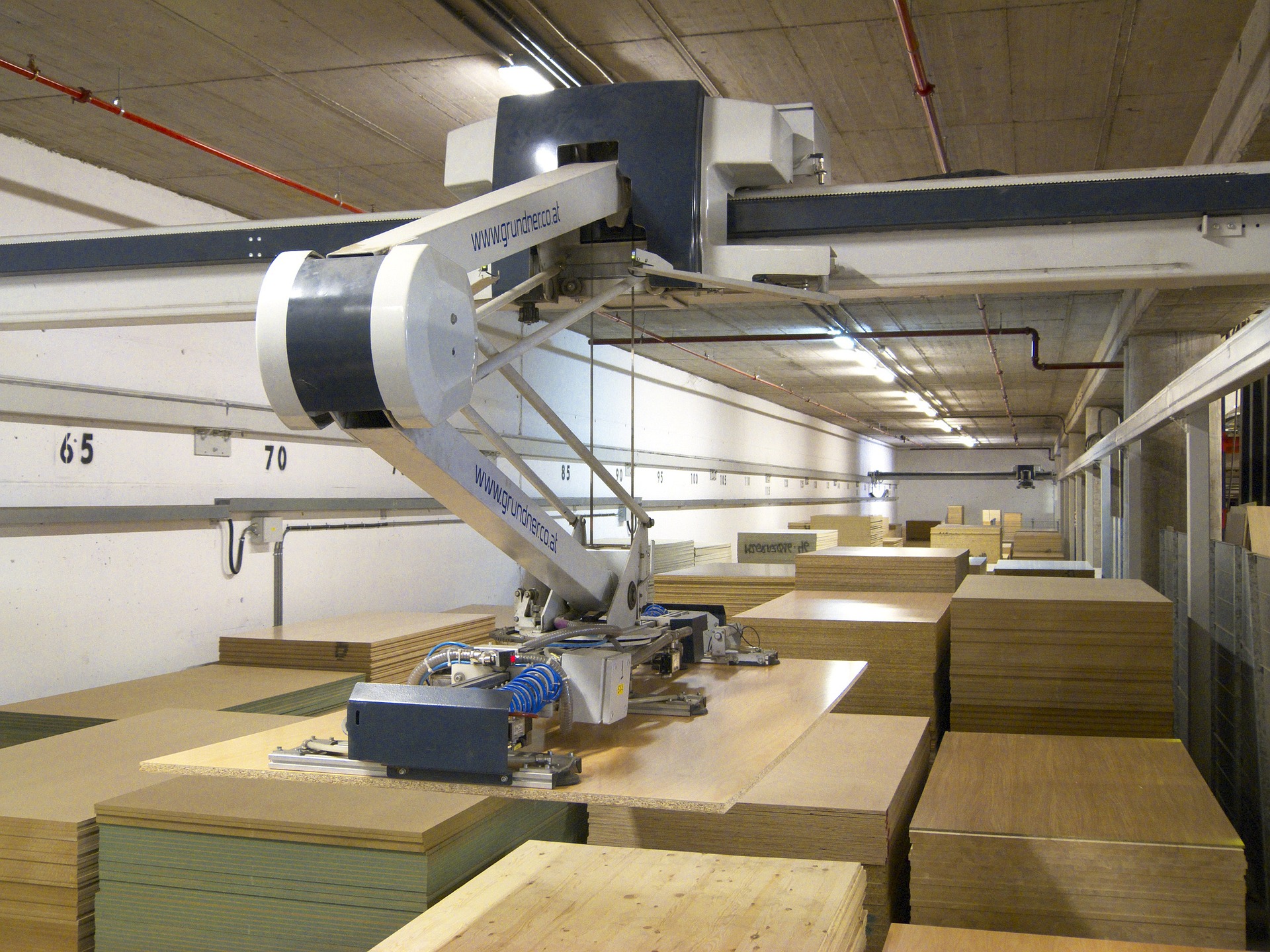In the evolving supply chain management landscape, warehouses, robotics, and cybersecurity are a pivotal focus for many businesses worldwide.
If you’re navigating modern logistics challenges in your business, this article is for you. It delves into the link between technology, security, and operational excellence while unravelling the key considerations shaping the future of warehouse management in an era defined by innovation and cyber threats
What is Warehouse Robotics?
Warehouse robotics refers to the robotic technology within warehouse and distribution centre environments that automates various tasks related to inventory management, order fulfilment, and material handling processes. These robotic systems aim to improve operational efficiency, increase productivity, and enhance accuracy in warehouse operations.
Warehouse robotics encompasses numerous robotic devices and systems, including autonomous mobile robots (AMRs), robotic arms, and automated storage and retrieval systems. AGVs and AMRs are mobile robots that navigate autonomously through warehouse aisles to transport goods between different locations, such as picking stations, packing areas, and shipping docks.
These robotic systems are often integrated with warehouse management systems (WMS) and other software platforms to coordinate and optimise warehouse operations in real-time. By implementing warehouse robotics, businesses can reduce labour costs, minimise errors, shorten order fulfilment times, and adapt to dynamic market demands more effectively.
Recruiting for Implementation of New Technologies
Warehouses should consider recruiting professionals to implement new technologies to stay competitive, improve efficiency, and meet the demands of modern supply chain management. With the rapid advancement of technology, warehouses must adapt to automation, robotics, data analytics, and IoT to optimise operations and remain relevant in the industry.
In the quest to stay competitive and enhance operational efficiency, warehouses should particularly focus on recruiting embedded software engineers. These experts play an important role in adopting modern technology and guaranteeing seamless integration. Their knowledge is critical for navigating the changing technology landscape, allowing warehouses to operate efficiently and remain at the cutting edge of modern supply chain management.
Warehouse managers with a strong understanding of logistics and supply chain operations can oversee the integration of new technologies into existing workflows. They ensure seamless transitions and maximise the benefits of technology adoption.
IT professionals specialising in software development, database management, and networking are essential for implementing and maintaining digital solutions. They configure systems, develop custom software applications, and troubleshoot technical issues to ensure smooth operations.
Engineers and technicians skilled in robotics, automation, and mechatronics can perform various roles, from deploying robotic systems to automating machinery and IoT devices within warehouses. They design, install, and maintain equipment to improve efficiency and minimise downtime.
Data analysts and business intelligence professionals are instrumental in leveraging data generated by warehouse technologies to derive actionable insights, improve decision-making processes, and enhance operational performance.
By recruiting professionals with expertise in these areas, warehouses can effectively implement new technologies, enhance productivity, and remain competitive in the rapidly evolving logistics landscape.
What Can Warehouse Robotics Do?
Warehouse robotics offer numerous benefits that can revolutionise warehouse operations and enhance efficiency. Robots can significantly improve order fulfilment by automating picking, packing, and shipping tasks. Automated guided vehicles (AGVs) and autonomous mobile robots (AMRs) navigate through warehouse aisles, retrieving items from shelves and delivering them to packing stations faster, reducing fulfilment times and minimising errors.
Furthermore, robotic arms and grippers can make palletising, depalletising, and sorting goods faster, which helps to optimise storage space and reduce manual labour requirements. Automated storage and retrieval systems utilise robotic cranes or shuttles to retrieve and store items in vertical storage racks, maximising warehouse space utilisation and reducing the need for large warehouse footprints.
Overall, warehouse robotics offer unparalleled efficiency, accuracy, and safety benefits, enabling warehouses to meet the growing demands of e-commerce, optimise operational workflows, and stay competitive in the rapidly evolving logistics industry.
Training for New Technologies
Training warehouse staff in new technologies is crucial for ensuring successful implementation and maximising the benefits of automation and innovation. Training fosters employee confidence and competence in operating new systems and equipment, reducing resistance to change and facilitating smoother transitions.
Proper training also helps employees understand the capabilities and functionalities of new technologies, enabling them to leverage these tools effectively to enhance productivity and efficiency in warehouse operations.
By empowering staff with the knowledge and skills needed to utilise new technologies, warehouses can minimise downtime, optimise workflows, and improve overall operational performance. Additionally, ongoing training and upskilling initiatives ensure that employees stay abreast of technological advancements and remain adaptable in an ever-evolving workplace environment.
The Importance of Cyber Security for Warehouses
Cybersecurity is crucial for warehouses as they increasingly rely on digital technologies and interconnected systems to manage inventory, automate processes, and optimise operations. Warehouses store vast amounts of sensitive data, including customer information, inventory records, and financial transactions, making them attractive targets for cyber attacks.
A cybersecurity breach can lead to severe consequences, including data theft, financial loss, operational disruption, and damage to reputation. Hackers may exploit vulnerabilities in warehouse systems to access confidential information, disrupt operations, or launch ransomware attacks, causing significant financial and reputational damage to the organisation.
Moreover, interconnected supply chain networks increase the risk of cyber threats propagating across multiple entities, potentially affecting partners, suppliers, and customers. As warehouses adopt IoT devices, robotics, and cloud-based solutions, the attack surface expands, requiring robust cybersecurity measures to safeguard against potential threats.
Ensuring cybersecurity in any business is essential, and the integration of compliance training plays a crucial role in achieving this goal. It equips employees to identify and address cyber threats, reducing human error vulnerabilities. Moreover, it ensures full compliance with the latest legislation, minimising legal risks and financial penalties. This is critical for warehouses as they increasingly integrate digital technology such as IoT devices and cloud solutions.
Implementing cybersecurity measures such as encryption, access controls, network segmentation, and intrusion detection systems is essential for protecting warehouse assets and mitigating risks. Regular security assessments, employee training programs, and incident response plans are all critical components of a comprehensive warehouse cybersecurity strategy.






